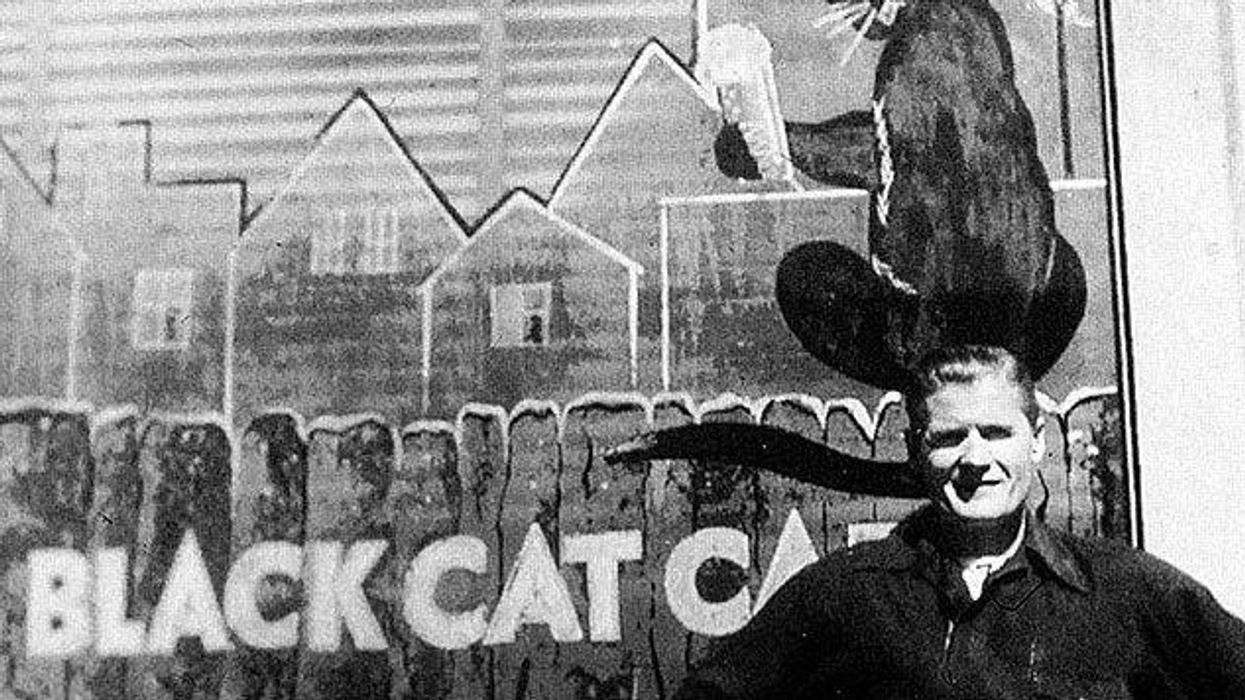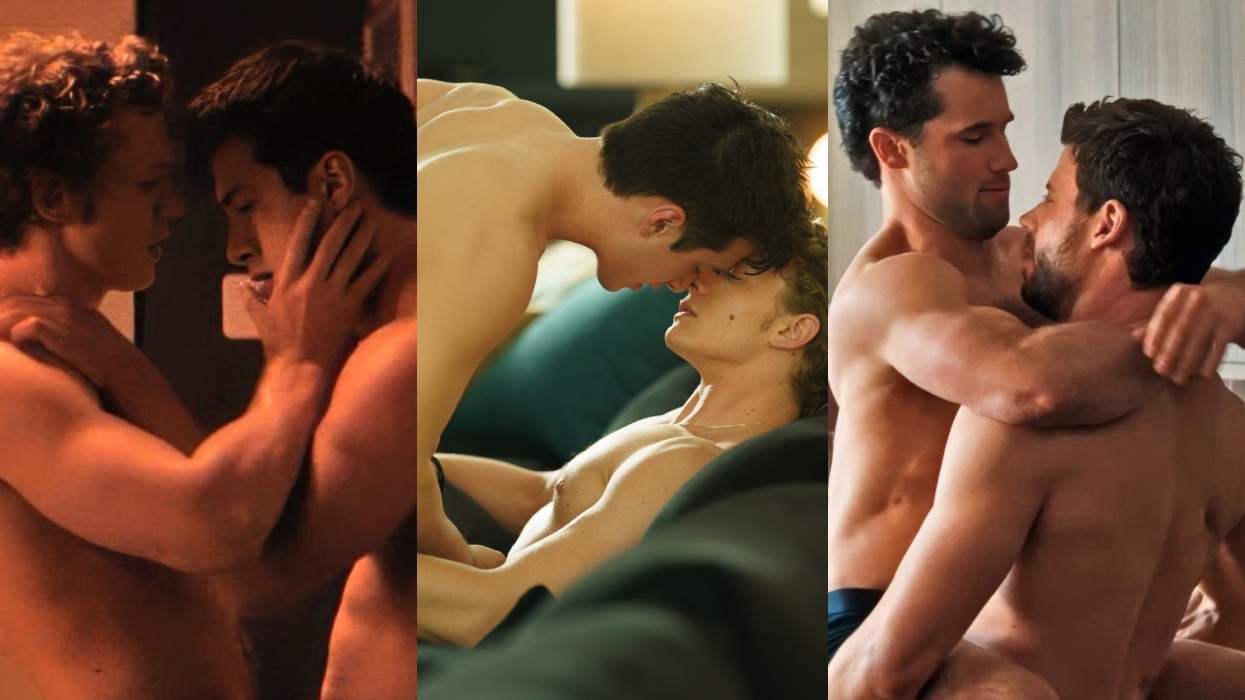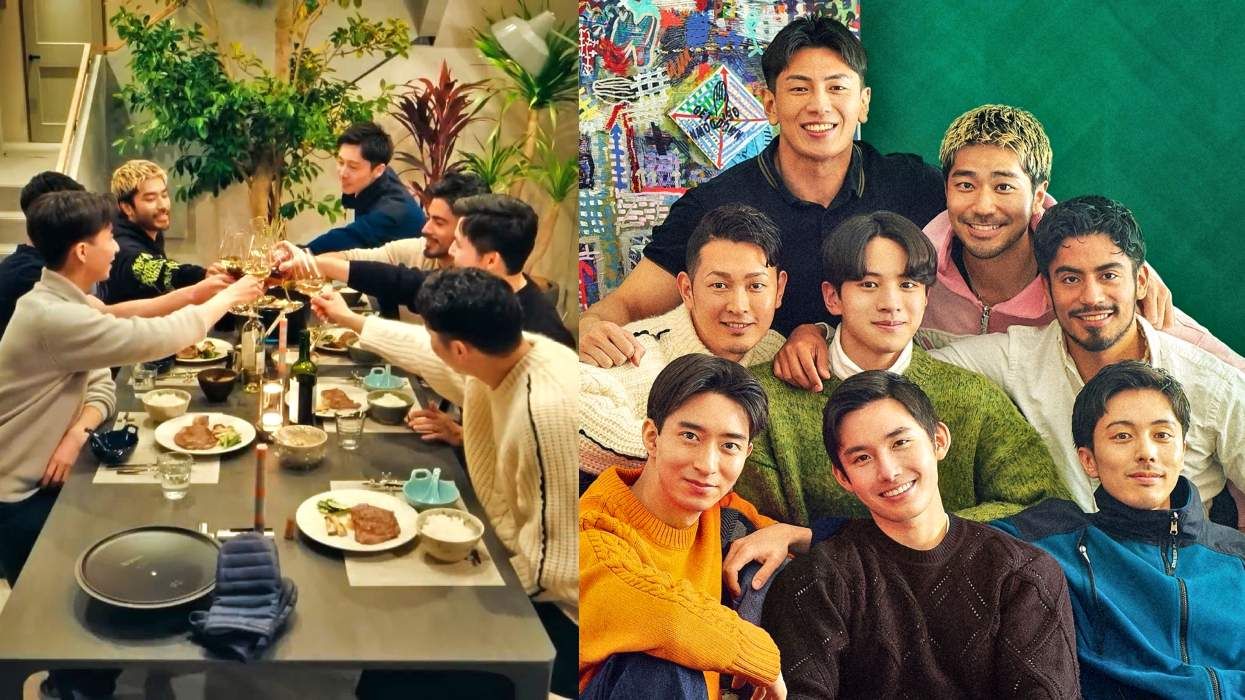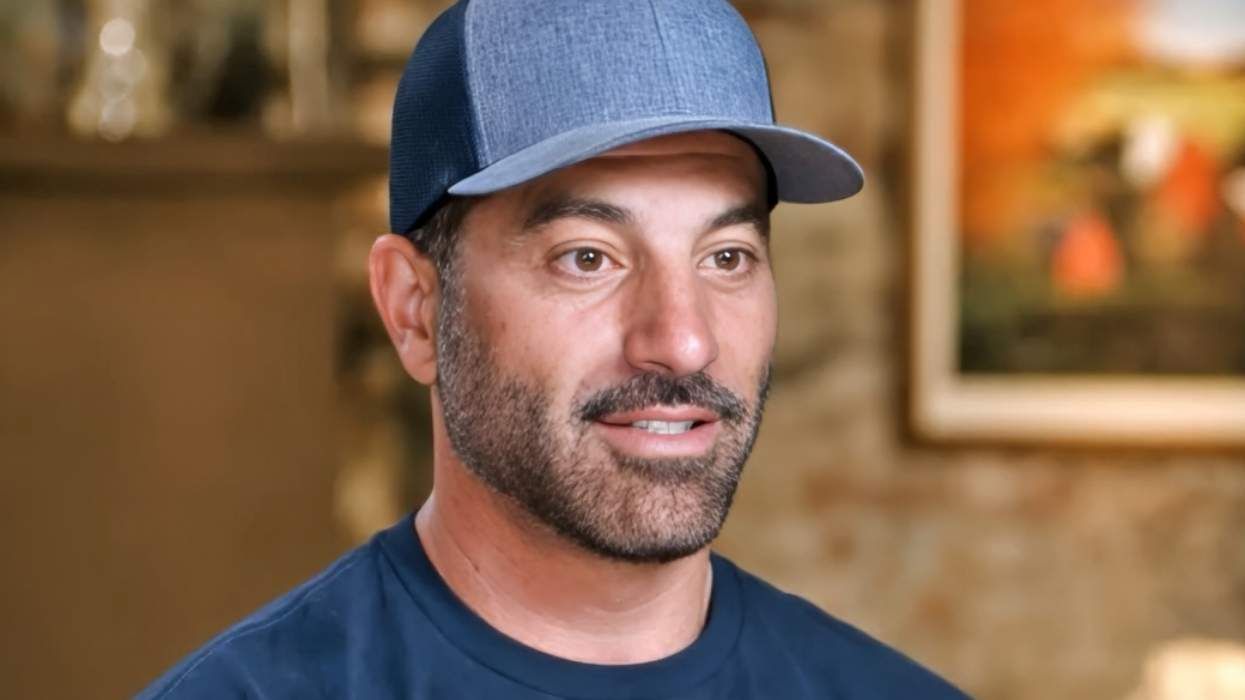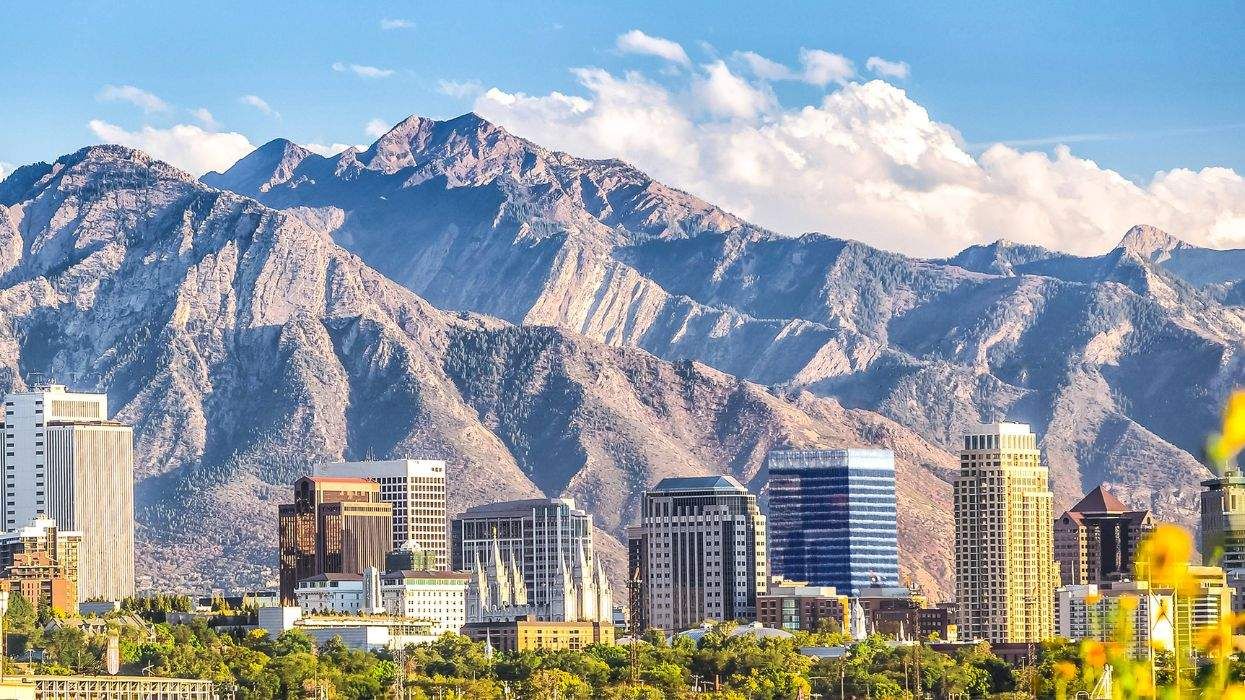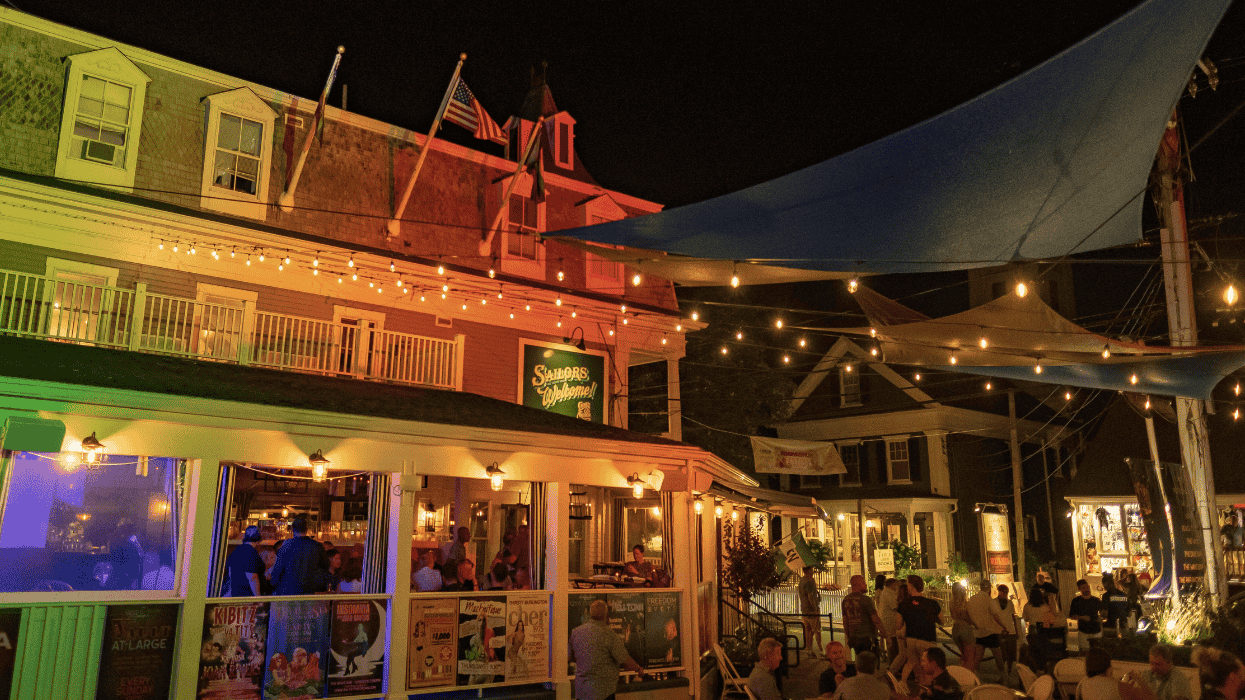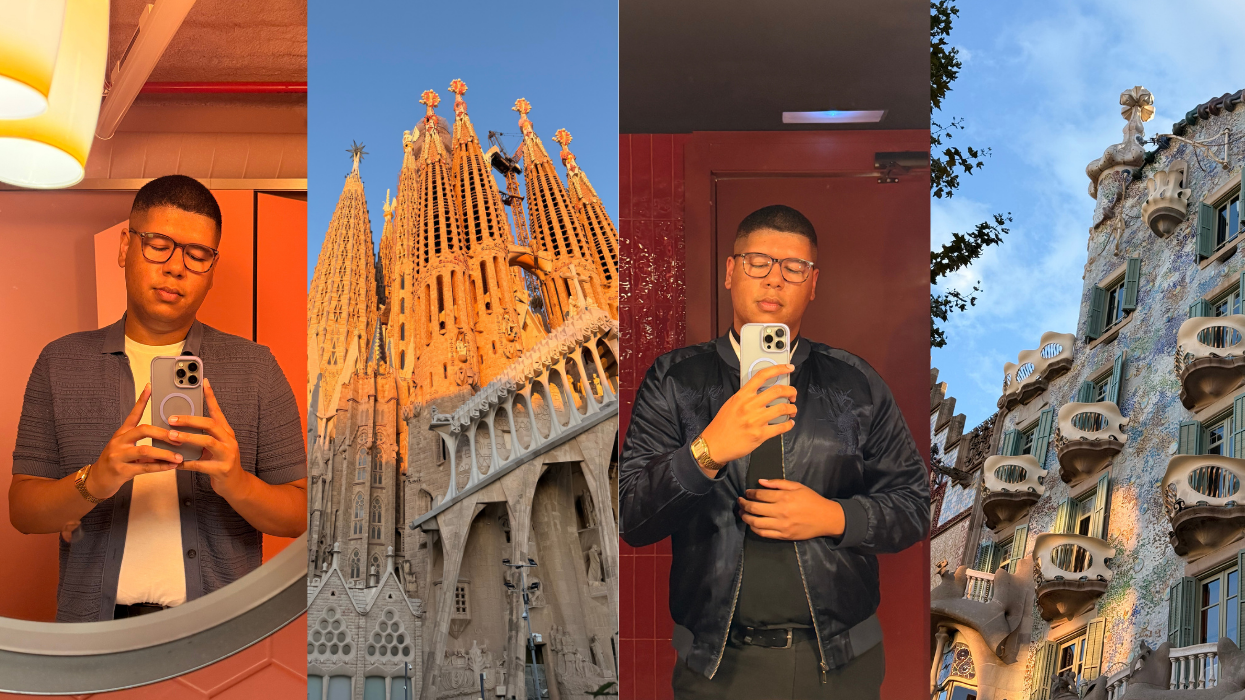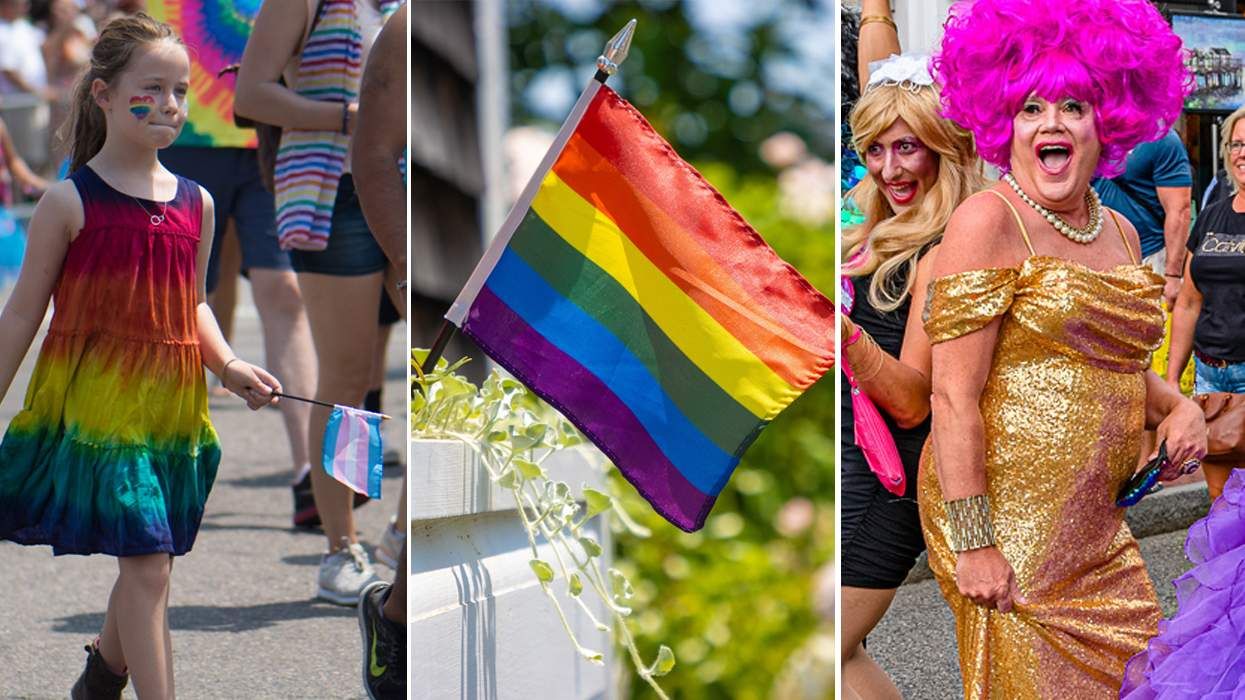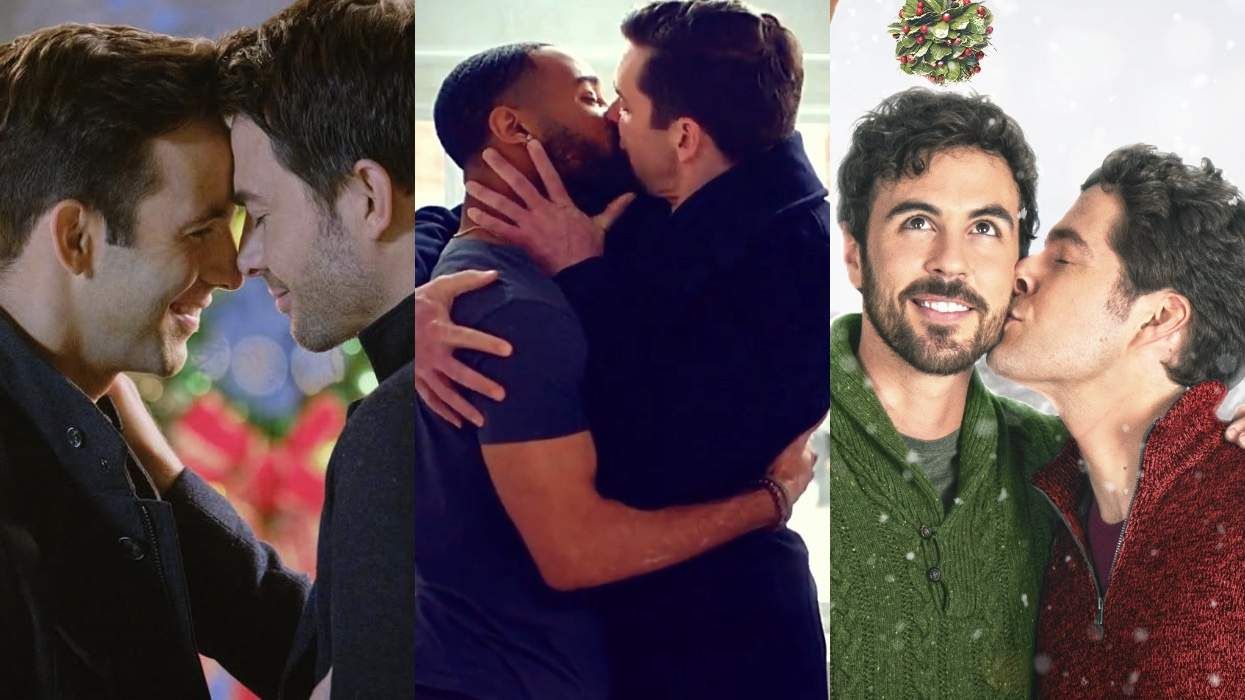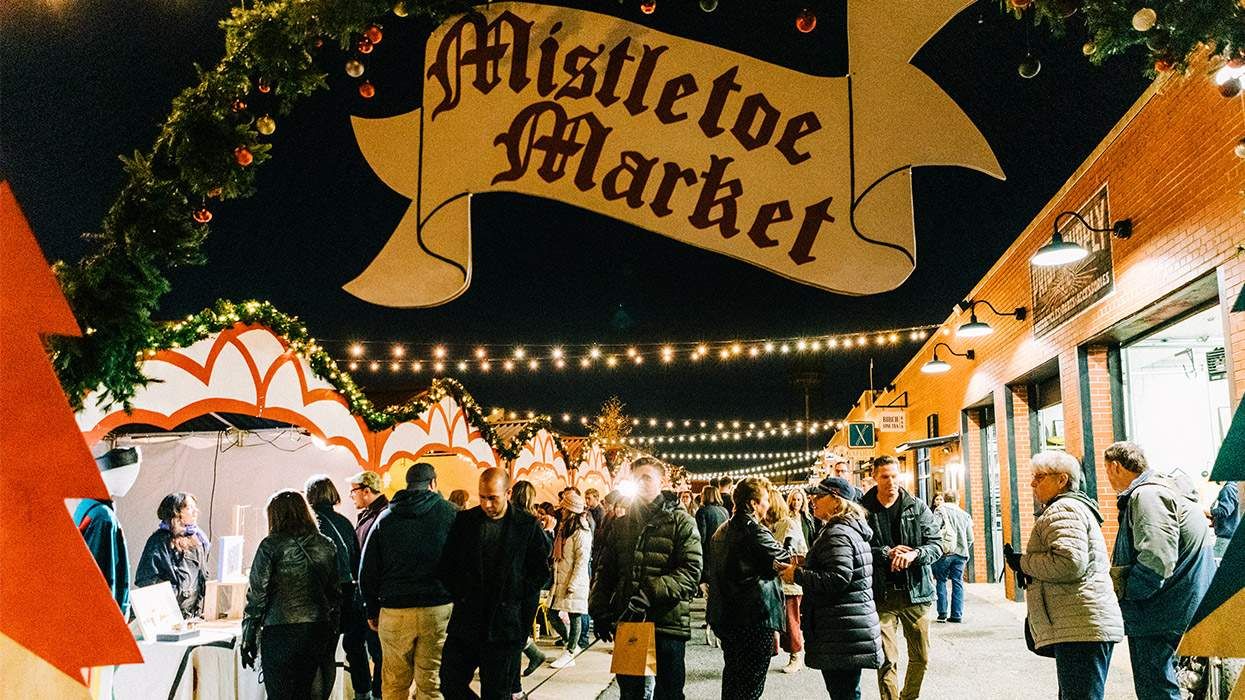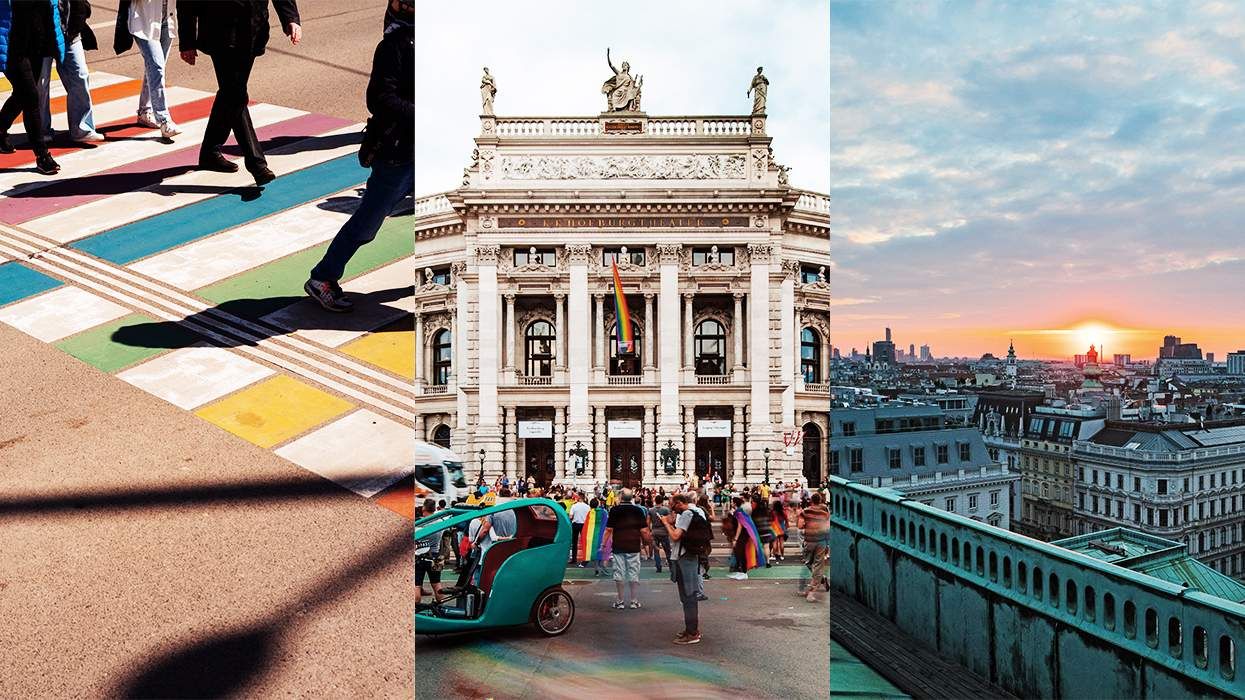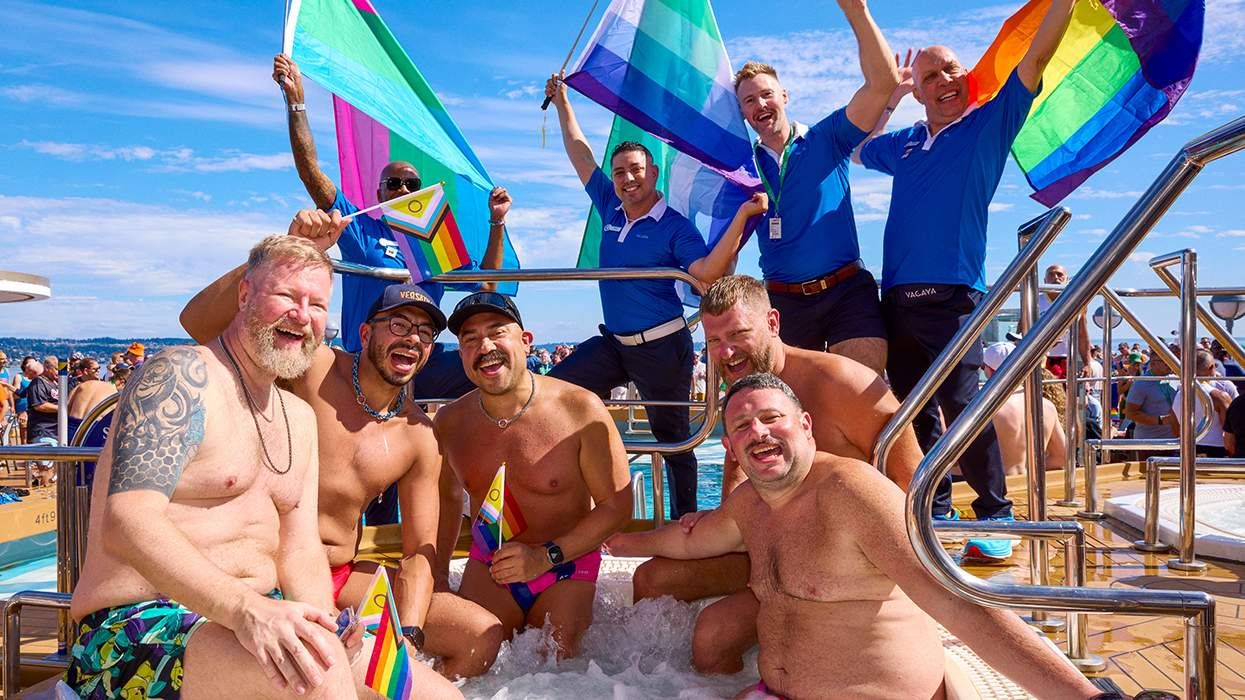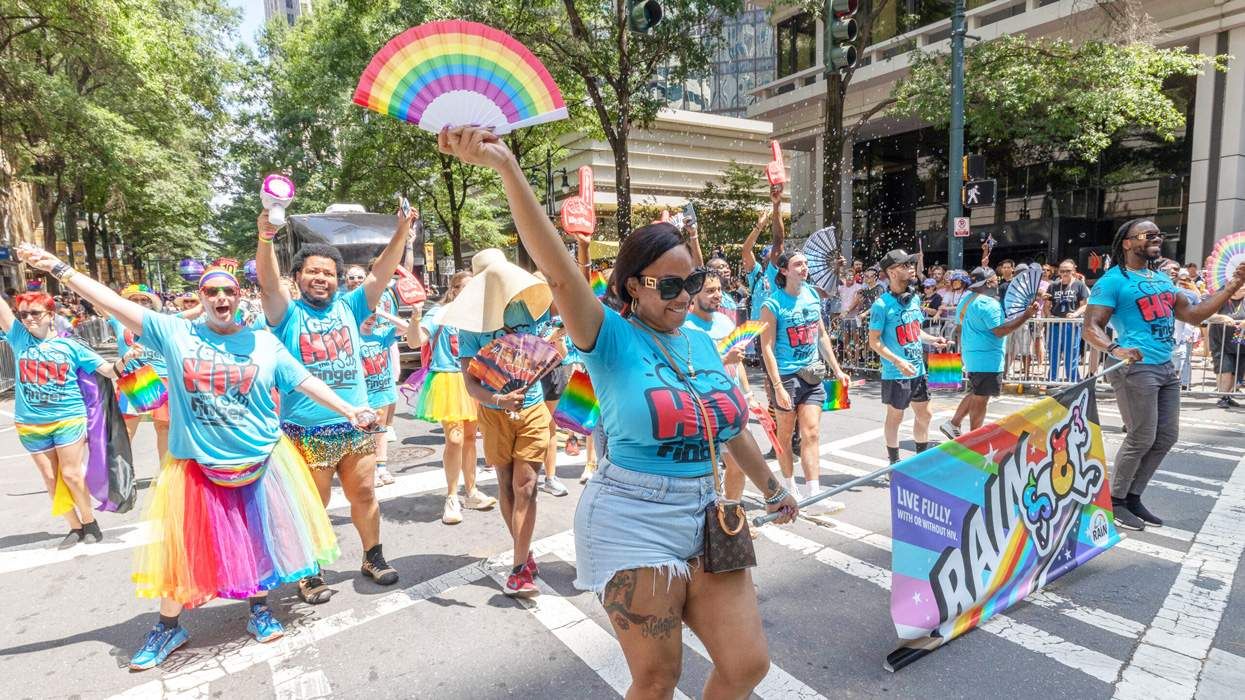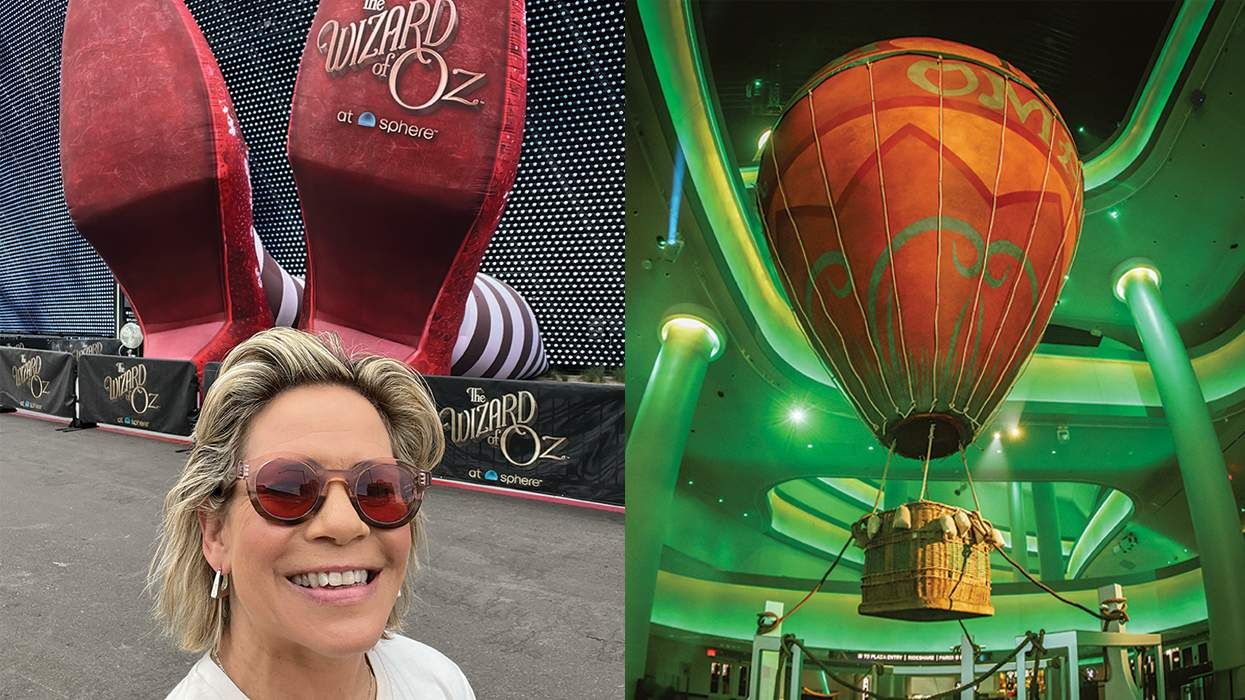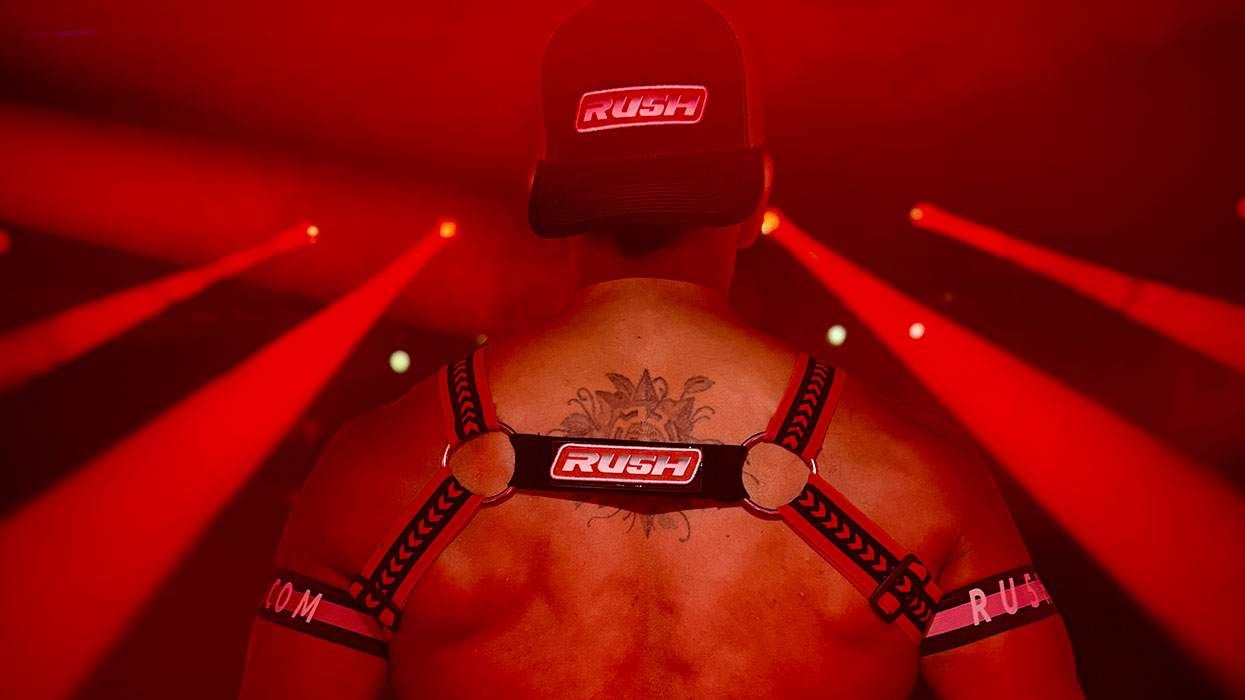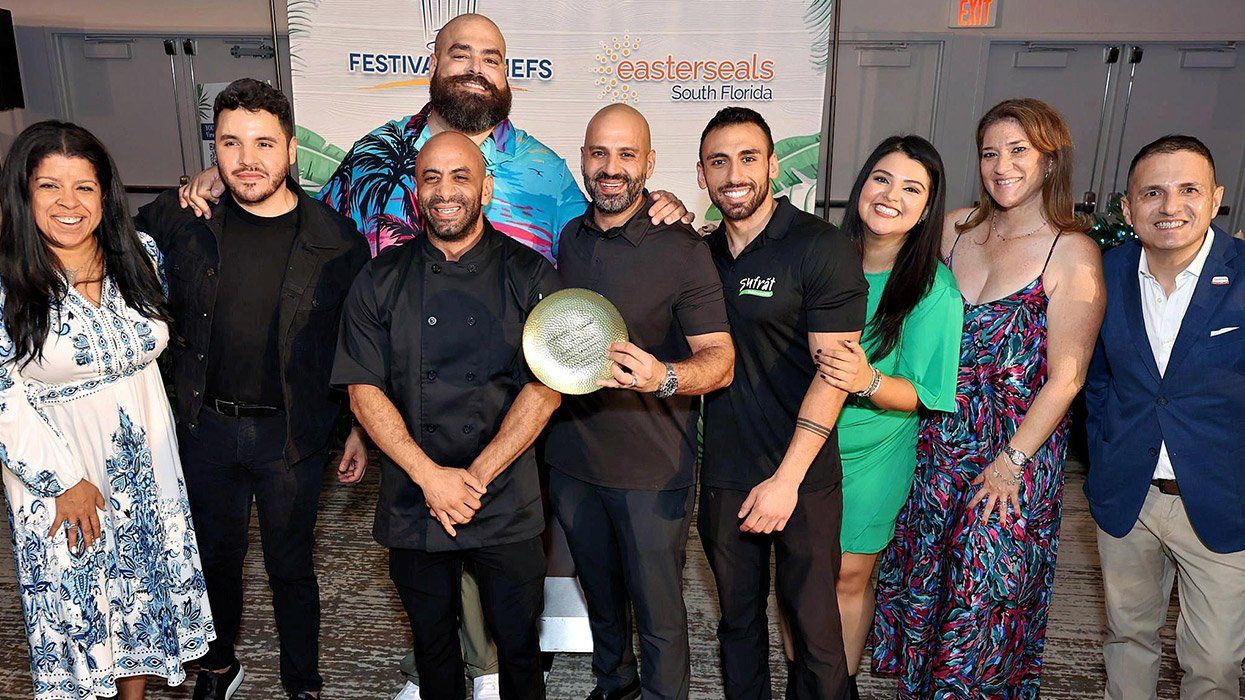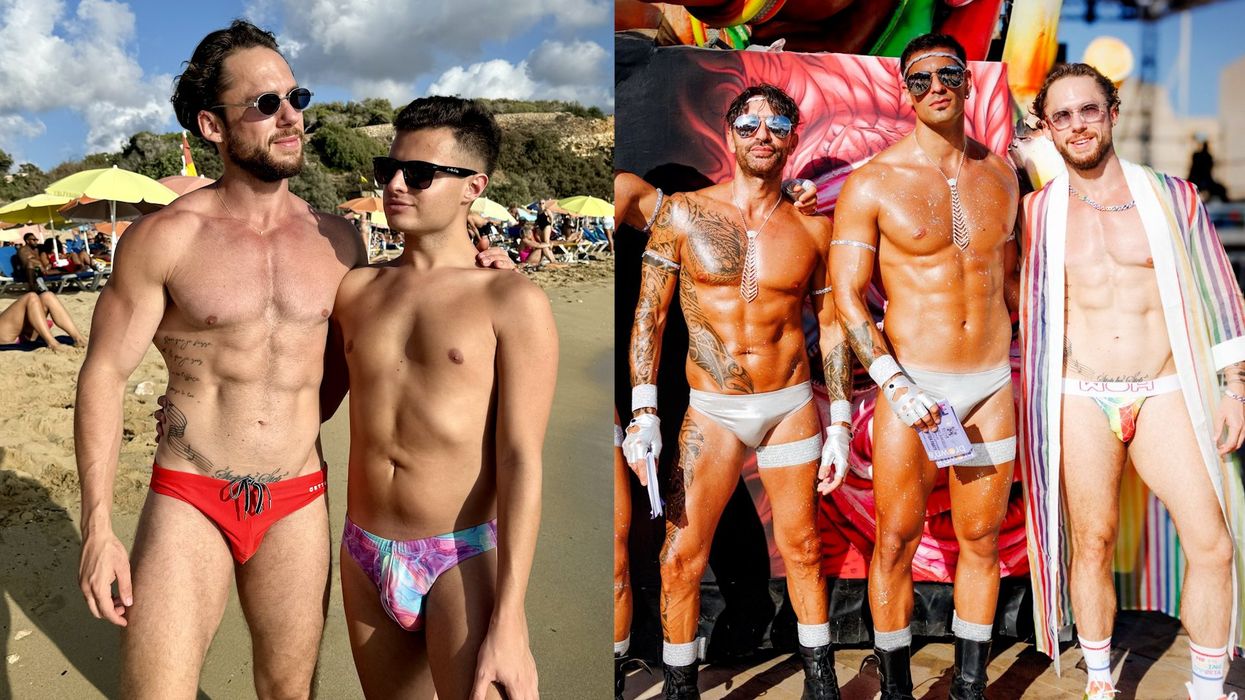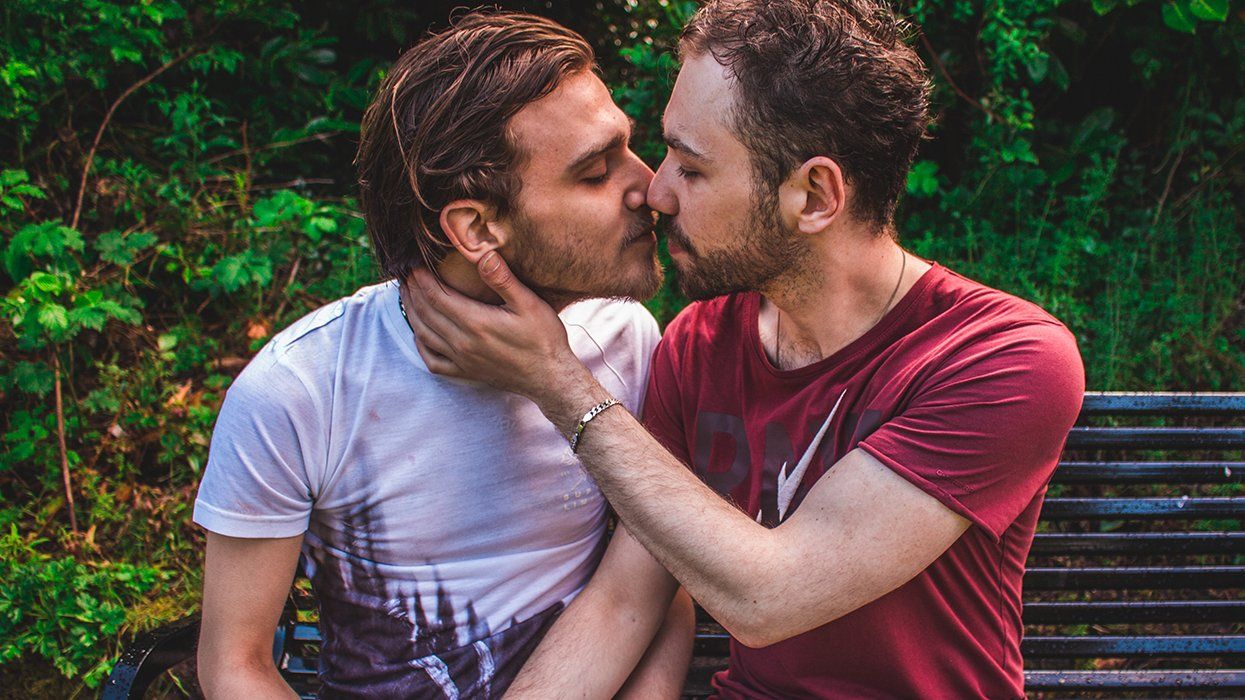(Above: A scene from The Tool Box depicted in a Life magazine story called "Homosexuality in America.")
We don't give gay bars the respect they deserve. After several prominent bars in San Francisco started shuttering -- victims of Manhunt and Grindr and time -- I started mapping a city's worth of shuttered gay bars. The project, part of the Pop-Up Museum of Queer History, shows a lost world of piano bars and bathhouses, butch-femme discos and beachside hustlers.
I was struck by how many of the battles we fought -- and won -- started in these bars, and how often bars served as a launching pad for our claims, places where activities became an identity. They may not have the respectability of PAC or a the picket fence, but bars were often at the frontlines of our struggles. Below are some seminal SF bars that not only helped turn a city queer, but helped launch a revolution. Cheers, queers.
The Dash (1908), 547 Pacific:
San Francisco may have had gay bars before the The Dash, but none were as notorious. The bar featured cross-dressing waiters who would perform sex acts in nearby booths for a $1, a huge sum back in those days. It was shut down by the vice squad almost as soon as it opened, after a high-profile judge was linked to bar, leading to a reform movement that helped shut down the infamously sexually liberal Barbary Coast district.
Finocchio's (1936), 506 Broadway:
The drag show at Finocchio's was more of a tourist draw than an honest-to-goodness gay club, but it helped bring gay culture -- and drag culture -- into the mainstream spotlight. Even mega-star Bob Hope popped in to see what was up at Finocchio's.
Mona's (1939), 440 Broadway:
Capitalizing on the success of female impersonation clubs like Finocchio's, Mona Sargent opened a club where "Girls Will Be Boys," thus establishing the city's first lesbian club, and a trend: lesbian bars soon began popping up around North Beach.
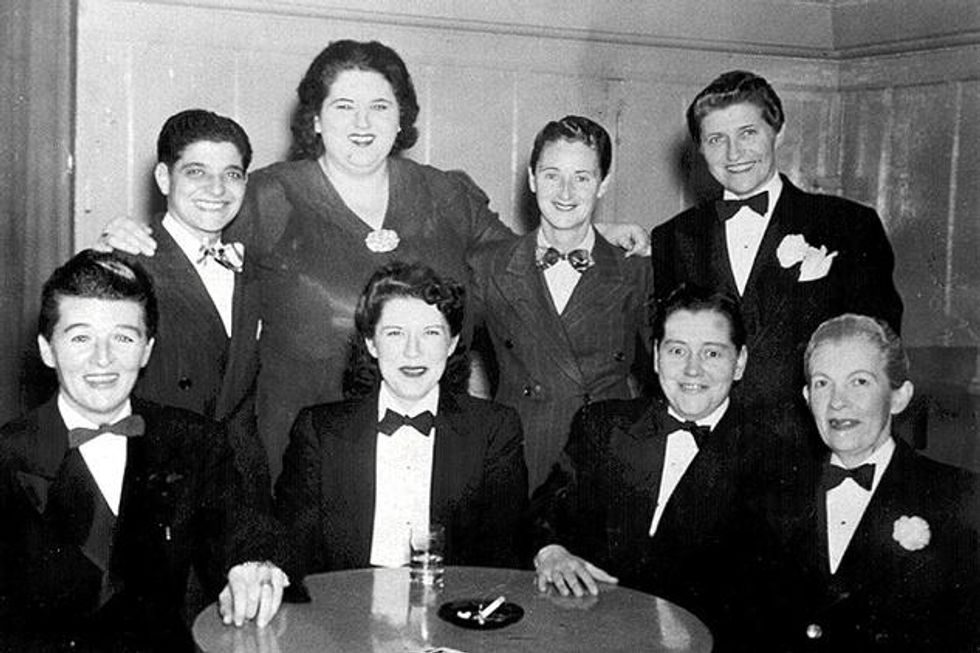
The Black Cat (1951), 710 Montgomery:
"There's nothing wrong with being gay -- the crime is getting caught!" So said Jose Sarria, a waiter in drag who sang arias as he served hot dishes. I951, after two years of police harassment, owner Sol Stouman took the police to the California Supreme Court, and argued that a bar could not be shut down just because gay men congregated there. He prevailed, providing sustenance to the growing homophile movement.
The Handle Bar (1960), California and Hyde:
Until 1960, most gay bars were expected to pay bribes to police officers for 'protection' from raids. But in 1960, the "gay-ola" scandal exposing such bribes became a media sensation, and began a discussion about the rights of gays to equal protections under the law.
Suzy Q (1962), Polk St.:
In response to police harassment, San Francisco bar owners formed the Tavern Guild -- the first gay business association in the United States -- at the Suzy-Q bar on Polk Street. Members set up a phone-tree to warn each other of impending raids, set up relief funds and raised money for homophile groups like the Daughters of Bilitis, the Mattachine Society and the ACLU.
Why Not? (1962), 517 Ellis:
Located in the Tenderloin District, Why Not? was San Francisco's first leather bar and served a clientele fresh from the rough, hierarchical, all-male world of the military. Though it closed six months after it opened -- owner Tony Taverossi propositioned a member of the vice squad -- it's success inspired a new generation of rough trade bars, many of which opened up in industrial confines of the South of Market district.
The Tool Box (1962), 399 4th St.:
In 1964, Life magazine featured a special report called "Homosexuality in America." One bar -- a South of Market leather bar called The Tool Box -- was front and center, and is seen at the top of the page. One of the first mainstream discussions of S&M, the article established San Francisco in the minds of middle America (and millions of gay men) as a place of sexual diversity and tolerance. The Tool Box is now a Whole Foods.

The Stud (1966), 1535 Folsom St.:
The Stud helped incubate San Francisco's gay hippie movement -- even Janis Joplin would come when she was in town -- and provided an alternative to sweater queens and hustlers. John Waters frequented it during his time in the city in the late 60s and wondered how the bar made any money, since no one on acid drank.
Compton's Cafeteria (1966), 101 Taylor:
Not a bar per se, but one of the few places trans people could congregate. In 1966 -- three years before Stonewall -- a riot broke out after police accosted a patron. Windows were smashed, police were fought off for hours and a community showed its strength, providing a flashpoint for gay and trans organizing on the West Coast: In it's wake a network of social, political and LGBT-centric medical groups coalesced.
Toad Hall (1971), 482 Castro:
The original Toad Hall -- a bar of the same name recently opened in a nearby space -- is often credited with launching the Castro as a gay district. One of the first bars to eschew a jukebox in favor of a DJ, Toad Hall made the sleepy Eureka Valley a destination for gay men on the weekends, and soon business owners and homebuyers saw the potential for a real neighborhood where gays could live openly.
Twin Peaks Tavern (1972), 401 Castro:
Prior to Twin Peaks, gay bars were secretive affairs with either black-out windows or no windows at all. In 1972, the owners made history by stripping the blacked out windows and revealed clear plate glass -- announcing to the world that patrons inside weren't the least bit ashamed of what they were doing there.
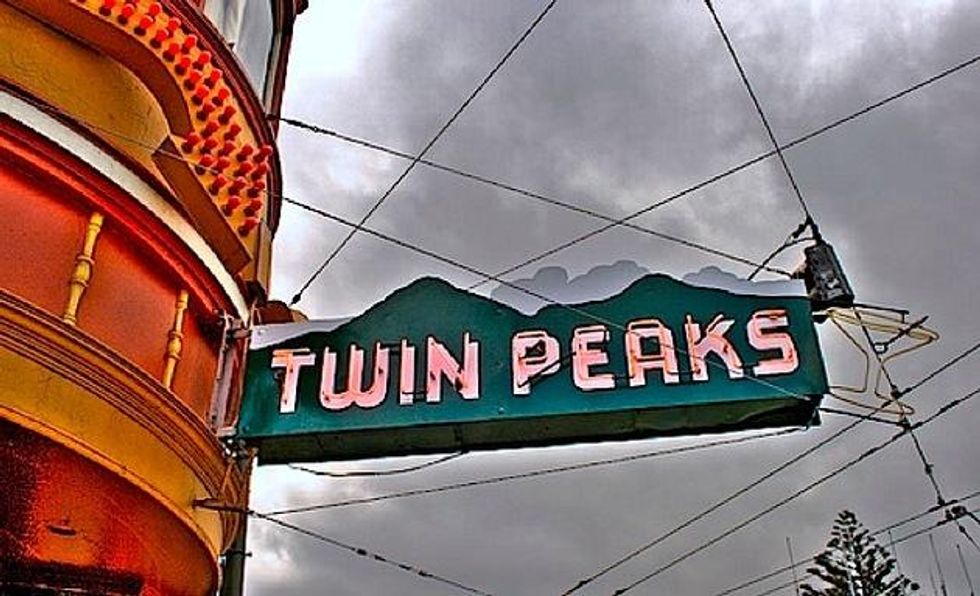
Mike Stabile is a journalist and filmmaker living in Los Angeles. His current project, 'Seed Money,' is a documentary of Falcon Studios founder and San Francisco philanthropist Chuck Holmes.You can follow him on Twitter @mikestabile. He's also been featured in our pages before.


